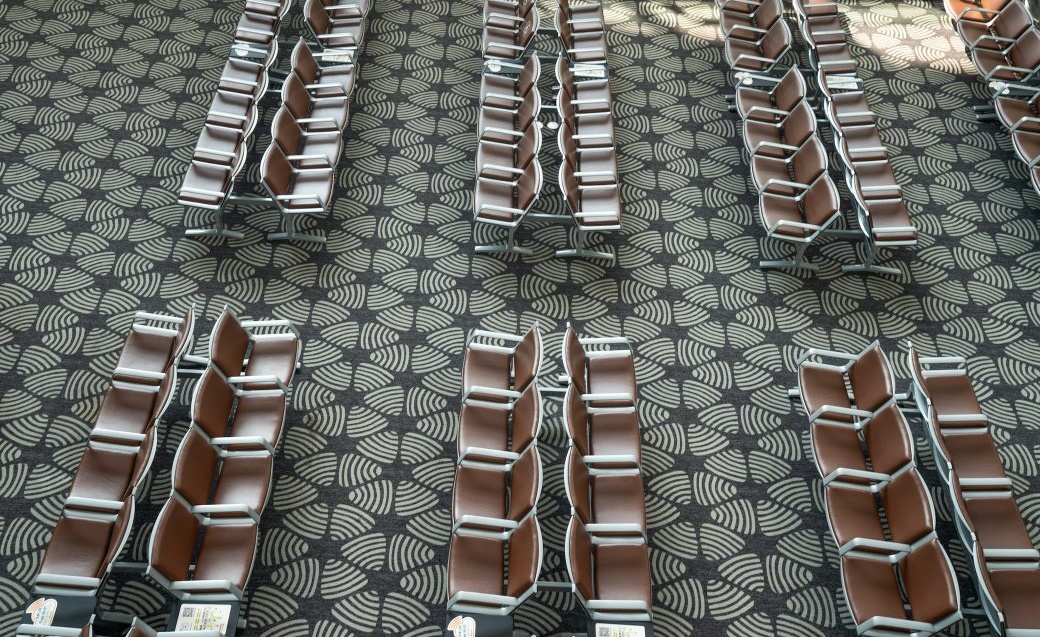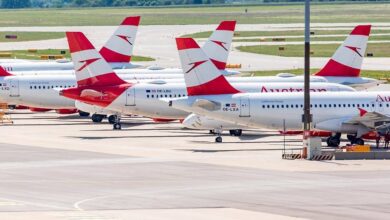The amazing reason airports have carpets

The suitcase rolls more easily over a stone or linoleum floor, and such coverings are actually easier to clean. So why are carpets laid in a place where millions of people gather?
One would like to believe that airports must be as clear and, above all, functional as possible. For passengers, the airport is just a short stop during their journey – unless the plane is late. Either way, the focus is on the holiday, not the airport. Everything should be done quickly and easily there.
Carpets at the airport actually impractical
It would actually be in the interests of the staff in particular if there were as many easy-to-clean surfaces at the airport as possible – e.g. steel chairs, floors made of stone or linoleum. But in many airports there is carpet, especially in the gate area, where passengers check in and wait for boarding. Why is that?
Carpet should create a feel-good atmosphere at the airport
Thousands of suitcases are dragged through the airports every day, depending on the weather, people carry dirt from outside into the building, here and there drinks are spilled or chip crumbs spread on seats and the floor. Thoroughly cleaning a carpet is more time-consuming than other floor coverings. Carpets are more of a cozy piece of furniture in apartments anyway. Bare floors in the living room or bedroom are often covered to create a homely, cozy atmosphere in the home. It gives a room a cozy touch and can also cushion the steps. And the airports are also taking advantage of this, reports the US site “Mental Floss”.
The fact that trolley cases slide better over smooth surfaces is of secondary importance. The passenger should feel at home while waiting – the noise of footsteps and suitcases is muted, the cold, clinical-looking floor is covered with a soft surface. When guests at the airport feel like they are in their own living room, they become more relaxed. And that is very important.
People spend more money at the airport
Airport research firm DKMA has found that when passengers are satisfied, they are more than twice as likely to shop while waiting. According to the DKMA, a relaxed customer spends up to seven percent more money in normal retail, and even up to ten percent in duty-free shops. As DKMA has learned from passenger surveys, customer satisfaction not only depends on the cozy atmosphere at the gate, but also on the selection and equipment of the shops in the terminal.
As a tip for higher sales, the DKMA gives, among other things, the acceleration of the necessary processes such as check-in or security check, because then the travelers have more time in the terminal and thus more desire to buy something. The time after the security check and before boarding is therefore referred to as the “golden hour” – ideally supported by carpets so that passengers feel even more comfortable at the airport and spend more money.


